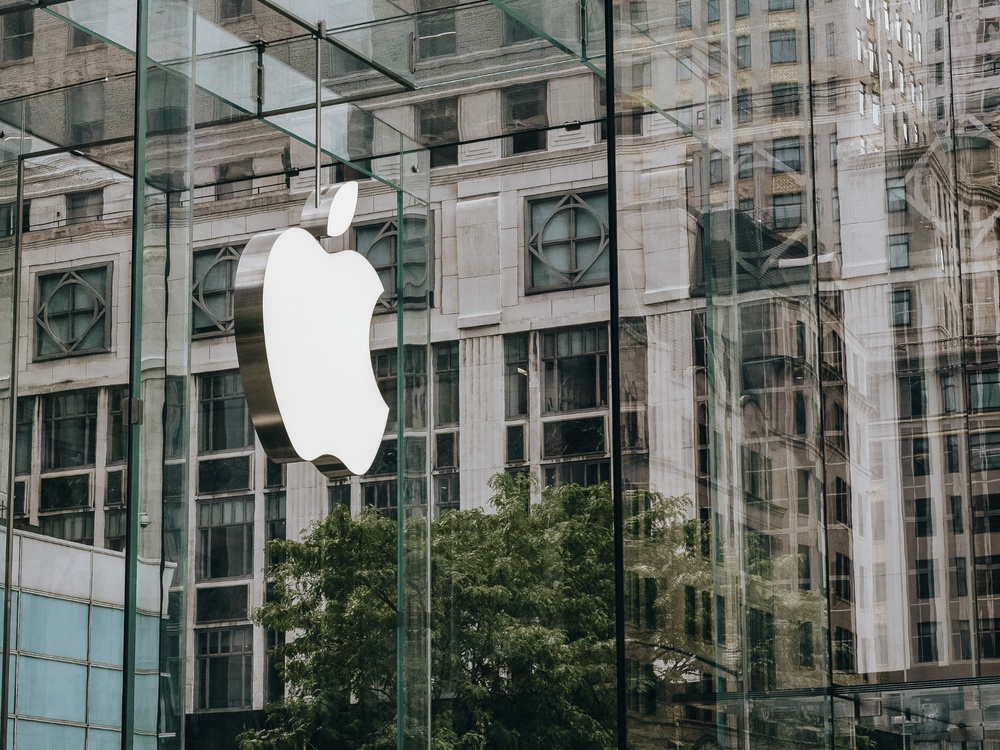
Apple Products Are Increasing Their Global Market Share
Apple has been able to expand its worldwide market share consistently, with a multi-pronged strategy that involves network effects among others, shrewd marketing moves, strong financial position, growing affluence worldwide and sidestepping import sanctions or trade embargo using parallel imports. The essay discusses each of these elements in details, showing how they all contribute to the dominance of Apple in the global market.
Apple’s Growing Market Share Driven by Network Effects
One of the driving factors behind Apple's increased market share is known as network effects. In this case, network effects are defined as a situation when a product or service becomes more valuable because it is used by many people. This can be seen through Apple’s ecosystem whereby its devices such as iPhone, iPad, MacBook and Apple watch among others easily connect with one another thus enhancing user experience and making it difficult for customers to shift from one company to another. Features like Handoff, Continuity Camera and AirDrop facilitate use of multiple i-devices at the same time. This interoperability helps build brand loyalty among consumers while increasing switching costs for users hence preventing them from moving to rival platforms.
Furthermore, Apple's App Store has fostered stronger network effects. With millions of apps available on it,the App Store has become an important asset that attracts both developers and users alike. There is a lot of money to be made in designing iOS applications because there are many consumers who will buy them on the other hand thanks to third-party developers who make thousands of applications available on its platform iOS itself is more appealing than Android for consumers due to its large selection of apps which include music streaming services games communication tools etcetera. Thus the iPhone looks increasingly attractive relative to competing products causing further increase in sales.
Successful Marketing
Moreover, Apple’s rising market share can also be attributed to effective marketing strategies deployed by this giant electronics firm. Their advertising campaigns mainly emphasize aesthetic beauty superiority and functional excellence positioning them as lifestyle accessories that are vital to modern and creative living. This message has been consistently presented in ads such as “Think Different,” which portrayed the iPod as being able to store 1,000 songs in pocket size and “Shot on iPhone.” Other adverts from the company show how it communicates its value.
Apple’s retail strategy through iconic Apple Stores is another way of enhancing customer experience. The stores go beyond being just sales points; they are designed as experiential centers where customers can interact directly with Apple products. These stores have a clean architectural design, well-informed personnel, and high level of customer service, all serving to create a strong brand identity for Apple and consequently encourage loyalty amongst its consumers.
In addition, Apple’s marketing campaign relies on social proofing and influencer endorsements. Even when users elect to block website on Mac, there are strong secondary and tertiary channels employed by Apple to get their products in front of users, such as celebrities. By associating their products with celebrities, tech influencers and creative professionals, there is a perception that they are preferred by those at the forefront of technology or culture.
Strong Capitalization
Another reason why Apple Inc. has managed to grow its market share so rapidly over time is because the company has always had a solid financial standing. With one of the biggest cash piles among global corporations, Apple is able to spend big money on research and development (R&D), advertising campaigns as well as strategic acquisitions if need be. This helps ensure that apple stays ahead of competition through innovation and also enables them grab emerging market opportunities promptly.
For example, investing in custom silicon like M1 or M2 chips have given apple significant performance boost with longer battery life for MacBook Pro’s latest models among others. These enhancements serve not only to differentiate Apple products from competitors but also underline the firm’s dedication towards delivering state-of-the art technology.
Moreover, the company’s excellent market capitalization enables it to survive economic slowdowns more effectively than several other firms. It has a strong balance sheet which is instrumental in protecting it against erratic movements of market prices through sustaining investments in long-term growth operations thus ensuring its further progression even under the difficulties of economy.Increasing Global Wealth
A significant boost to the market share of Apple is a result of large numbers of people in the world, who can now afford its products. As emerging markets grow economically with a rising middle class that comes with more disposable incomes, many are willing to pay for premium brands. Consequently, these markets have turned out to be highly profitable for Apple.
In such countries as China and India, Apple has strived to consolidate its presence on the market. Such activities as opening flagship stores, entering into partnerships with local retailers and launching marketing campaigns have been very instrumental in accessing these places. Moreover, by introducing cheaper versions like iPhone SE; Apple target price conscious consumers without effecting negatively on the name.
Apple products have become more accessible in developing nations due to their improved financing options including installment plans. This payment terms lower entry barrier for new clients and puts new customers in leading position hence expanding its user base and facilitating market penetration.
Circumvention of Import Sanctions
Apple has maintained its presence in Russia despite the geo political tension and trade restrictions through parallel imports. Parallel imports refer to bringing goods into a country through other means not involving official distribution agreements, most commonly by going through another country that does not enforce those sanctions.
For instance upon introduction of sanctions on Russia, Apple products still found their way into this country from nearby markets. In particular there are some countries which do not apply strict trade policies when importing apple products but rather re-export them back to Russia. This way indirect supply chain enables Apple saving both her market share and customer base within regions under import restrictions.
The ability of the company’s distribution networks and supply chain to withstand regulatory pressures proves how adaptable it is. This method ensures that no matter what happens politically or geographically regarding import restriction, it can still sell in restricted areas where such hard times occur thus increasing global share through parallel imports.
Trend Set to Continue
Apple’s global market share increase is a result of multiple strategies encompassing network effects, efficient marketing, strong capitalisation rising global wealth and evading sanctions by using parallel imports. This is a trend that does not show meaningful signs that it will slow down in the near future. Each of these factors plays a crucial role in reinforcing Apple’s market dominance and driving its expansion into new and existing markets. There are network effects within Apple’s ecosystem which enhances users’ loyalty as well as retention, while effective marketing campaigns and retail strategies make the brand remain positioned at the high end. Apple has stable financial position that facilitates continuous investment in innovation and strategic growth initiatives, whereas increasing global wealth extends the company’s consumer base. Finally, using parallel imports for bypassing import bans on apple products means that they can still be sold to customers living in such markets. Together these plans indicate how much adaptive Apple Company is to the ever-changing business world to which it belongs as one of the key players dealing with technology.


